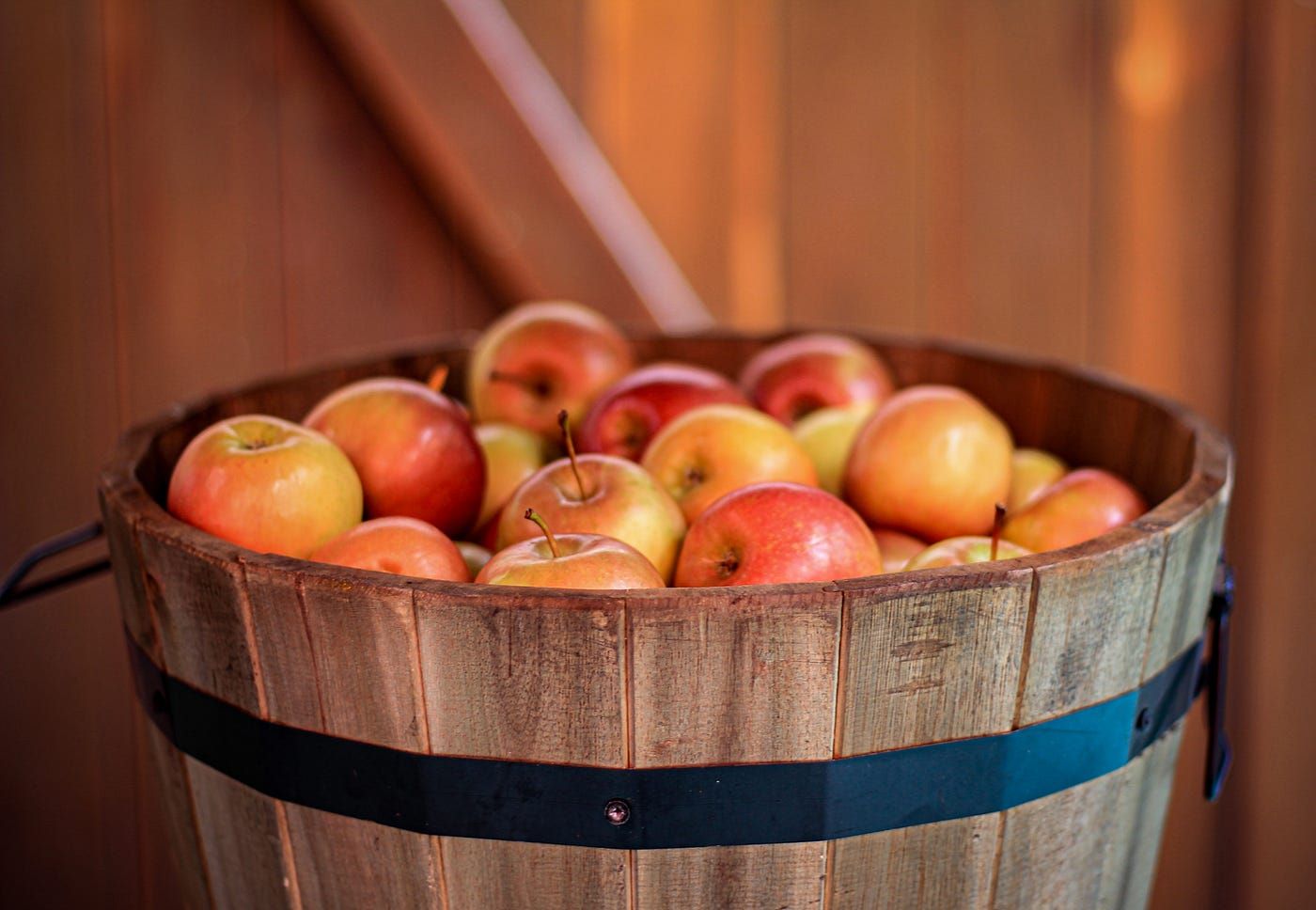

Articles
How To Store Apples In A Barrel
Modified: February 23, 2024
Learn the best techniques for storing apples in a barrel with our informative articles. Keep your apples fresh and tasty for longer with these helpful tips.
(Many of the links in this article redirect to a specific reviewed product. Your purchase of these products through affiliate links helps to generate commission for Storables.com, at no extra cost. Learn more)
Introduction
Welcome to the world of apple storage! If you’ve recently harvested a surplus of apples from your orchard or found a great deal at a local farmers market, you may be wondering how to store them properly to enjoy their deliciousness throughout the year. One effective method is storing apples in a barrel, which provides a controlled environment for optimal freshness and longevity.
In this article, we will guide you through the process of storing apples in a barrel, from choosing the right barrel to monitoring and maintaining the apples. So, let’s dive in and discover the secrets of keeping your apples crisp and flavorful for months to come!
Key Takeaways:
- Properly preparing the barrel, cleaning the apples, and layering them with straw are essential steps for successful apple storage in a barrel. Attention to detail ensures optimal preservation.
- Regular monitoring, maintaining ideal storage conditions, and enjoying the fruits of your labor are key to successful long-term apple storage. Embrace the joy of savoring freshly stored apples throughout the year.
Read more: How To Store Water In Barrels
Choosing the Right Barrel
When it comes to storing apples, selecting the right barrel is crucial. The barrel you choose should be made of food-grade materials such as stainless steel or food-grade plastic. Avoid using barrels that have been previously used for storing non-food items, as they may contaminate your apples with unwanted odors or chemicals.
Size also matters when selecting a barrel. Consider the quantity of apples you have and the space you have available for storage. A barrel that is too small may lead to overcrowding and bruising of the apples, while a barrel that is too large may result in improper air circulation and increased risk of spoilage due to excess humidity.
Another important factor to consider is the design of the barrel. Look for barrels that have good ventilation, such as those with small holes or perforations, to allow proper airflow. This will help prevent the buildup of moisture and reduce the risk of decay.
Additionally, opt for barrels with tight-fitting lids to keep pests out and maintain a more controlled environment. A secure lid will also help prevent moisture loss, which is important for preserving the crispness of the apples.
Lastly, consider the portability of the barrel. If you plan to move the barrel during the storage period, choose one with handles or a lightweight design that makes it easier to transport.
By taking these factors into consideration, you can ensure that you choose the right barrel for storing your apples, creating an ideal environment for their long-term preservation.
Preparing the Barrel
Before you start storing your apples in the barrel, it’s important to properly prepare it to ensure a clean and suitable environment for your fruit. Follow these steps to prepare the barrel:
- Clean the Barrel: Begin by thoroughly cleaning the barrel. Rinse it with warm water to remove any dust, debris, or residue. Avoid using any harsh chemicals or detergents, as they may leave behind unwanted residues that can affect the quality of the apples.
- Sanitize the Barrel: After cleaning, sanitize the barrel to eliminate any bacteria or fungi that may be present. You can use a food-grade sanitizer or a mixture of water and vinegar (1:1 ratio) to disinfect the barrel. Ensure that all surfaces are coated and left for a few minutes before rinsing thoroughly.
- Dry the Barrel: Allow the barrel to completely air dry. Make sure there is no moisture remaining inside the barrel, as excess moisture can contribute to the growth of mold or other spoilage-causing microorganisms.
- Inspect for Damage: Once the barrel is dry, inspect it for any cracks, holes, or other damage. A damaged barrel may compromise the storage environment and lead to spoilage. If you find any issues, repair or replace the barrel accordingly.
- Optional Barrel Treatment: If desired, you can treat the inside of the barrel with a food-safe coating to improve its longevity. This can be a wax or food-grade sealant specifically designed for barrels. Follow the manufacturer’s instructions carefully when applying the treatment.
By following these steps, you’ll ensure that your barrel is clean, sanitized, and ready to store your apples for an extended period.
Cleaning the Apples
Before placing your apples in the barrel, it’s important to clean them to remove any dirt, pesticides, or other residues that may be present. Follow these steps to clean your apples:
- Sort the Apples: Start by sorting the apples and removing any damaged or bruised ones. These apples are more prone to spoilage and can affect the quality of the rest.
- Rinse with Water: Rinse the apples with cool water to remove any visible dirt or debris. Gently rub the surface of the apples with your hands to ensure thorough cleaning.
- Optional Vinegar Wash: To further remove any pesticides or residues, you can create a vinegar wash. Mix one part vinegar with three parts water in a bowl or basin. Soak the apples in the vinegar wash for about 20 minutes, then rinse them again with cool water.
- Dry the Apples: After rinsing, place the apples on a clean towel or paper towels to dry. Allow them to air dry completely before storing.
- Inspect for Quality: While cleaning the apples, take a moment to inspect them for any signs of decay or pests. Remove any apples that show signs of spoilage or infestation to prevent the spread to the rest of your storage.
Remember, a thorough cleaning will help ensure that your stored apples remain fresh and free from any contaminants. By taking the time to clean and inspect the apples before storage, you can enhance their longevity and overall quality.
Layering the Apples
Properly layering the apples in the barrel is key to maintaining their quality and preventing spoilage. Follow these steps to effectively layer your apples:
- Start with a Base Layer: Begin by placing a layer of clean, dry straw or hay at the bottom of the barrel. This will provide some cushioning and help absorb any excess moisture.
- Place the First Layer of Apples: Carefully arrange the apples in a single layer on top of the straw. Ensure that the apples do not touch each other, as this can lead to bruising or faster spoilage. Leave a small gap between each apple to allow for adequate airflow.
- Alternate Layers: Continue layering the apples, alternating the direction of each layer. For example, if you placed the apples in a circular pattern in the first layer, you can stack the second layer with a crosswise pattern. This helps to evenly distribute weight and promote proper air circulation.
- Intermittent Layers of Straw: As you layer the apples, periodically add thin layers of straw or hay between the apple layers. This helps absorb excess moisture and prevent direct contact between the apples, reducing the risk of bruising or transfer of any potential spoilage.
- Fill the Barrel: Continue layering the apples and adding intermittent layers of straw until the barrel is filled. It’s essential not to overfill the barrel, as this can lead to excessive pressure on the apples and hinder proper airflow.
- End with a Top Layer of Straw: Once the barrel is filled with apples, place a final layer of straw or hay on top. This acts as a protective barrier, helping to maintain a more stable temperature and humidity within the barrel.
By following these layering techniques, you can create an optimal storage environment for your apples, ensuring proper airflow, minimizing bruising, and maximizing their freshness and shelf life.
Read more: How To Store Apple
Adding Preservatives (Optional)
While storing apples in a barrel provides a natural and controlled environment for preservation, some individuals may choose to add preservatives as an extra precaution. Adding preservatives can help extend the shelf life of the apples and prevent the growth of mold, bacteria, or other spoilage-causing microorganisms. Here are a few options for adding preservatives:
- Vinegar Solution: One natural preservative option is to create a vinegar solution. Mix one part vinegar with three parts water and carefully pour it over the layered apples in the barrel. Vinegar acts as an antimicrobial agent and can help inhibit the growth of bacteria and mold.
- Food-Grade Stabilizers: There are commercial food-grade stabilizers available that can be added to the barrel to preserve the freshness of the apples. These stabilizers often contain antioxidants and enzymes that delay browning and slow the breakdown of the apples.
- Ascorbic Acid (Vitamin C): Crushed vitamin C tablets or ascorbic acid powder can be dissolved in water and applied to the apples to prevent browning. This helps maintain the visual appeal of the apples for a longer period.
It’s important to note that while preservatives can help prolong the shelf life of the apples, they are entirely optional. If you prefer to store your apples without preservatives, proper storage conditions and regular monitoring can still lead to successful long-term preservation.
Remember to always read and follow the manufacturer’s instructions when using any preservatives. Additionally, if you choose to use preservatives, ensure that they are food-grade and safe for consumption.
Adding preservatives is a personal choice, and whether you choose to include them or not, proper storage techniques and monitoring remain essential to maintaining the quality and freshness of your stored apples.
Store apples in a cool, dark place to prevent them from ripening too quickly. Make sure the barrel is well-ventilated to prevent moisture buildup. Check for any spoiled apples regularly and remove them to prevent spoilage of the rest.
Sealing the Barrel
After layering the apples and, if desired, adding preservatives, it’s time to seal the barrel to create a controlled environment for storage. Properly sealing the barrel helps maintain the ideal temperature, humidity, and airflow for the apples. Here are the steps to effectively seal the barrel:
- Fit the Lid: Ensure that the lid of the barrel fits securely and tightly in place. This will prevent any entry of pests, dust, or unnecessary airflow into the barrel.
- Seal the Lid: If the lid has any gaps or loose spots, use food-grade silicone or a similar sealant to seal the edges of the lid. This will create an airtight seal and minimize the exchange of air between the inside and outside of the barrel.
- Check for Leaks: After sealing the lid, inspect the barrel for any potential leaks. Fill the barrel with a small amount of water and observe if any water escapes. If you notice any leaks, address them promptly by resealing or replacing the lid.
- Secure the Lid: Once you have ensured that the barrel is sealed properly, securely fasten the lid using the appropriate mechanisms. This will prevent accidental opening and maintain the integrity of the seal.
- Label the Barrel: It’s a good practice to label the barrel with the date of storage and any other relevant information. This will help you keep track of the storage duration and easily identify the contents of the barrel.
Properly sealing the barrel is crucial for maintaining the freshness and quality of the stored apples. It helps create a stable environment and prevents the entry of contaminants, ensuring that your apples stay in optimal condition throughout the storage period.
Remember to periodically check the sealed barrel for any signs of damage, rust, or unwanted airflow. Maintaining a secure seal throughout the storage duration will help maximize the longevity of your apples.
Storing the Barrel
Once the barrel is sealed and ready, it’s time to find the right location for storing it. Choosing the proper storage area is essential for maintaining the quality and longevity of the stored apples. Follow these guidelines for storing the barrel:
- Cool and Dark Environment: Find a cool and dark place to store the barrel. Apples are best stored in a temperature range of 32°F to 40°F (0°C to 4°C) with a humidity level of around 90%. Avoid areas that are subject to extreme temperature fluctuations, such as near heating vents or in direct sunlight.
- Avoid Ethylene Producing Items: Apples naturally produce ethylene gas, which can accelerate the ripening process and affect the quality of other nearby fruits and vegetables. Keep the barrel away from ethylene-sensitive produce like potatoes, carrots, or leafy greens.
- Stable Environment: Ensure that the storage area maintains a stable environment. Fluctuating temperatures or humidity levels can lead to faster spoilage and flavor deterioration.
- Adequate Ventilation: While it’s important to keep the apples in a controlled environment, it’s also necessary to provide some ventilation to prevent the buildup of excess moisture. This can be achieved by placing the barrel on a raised surface or using pallets to allow air circulation.
- Protection from Pests: Take measures to protect the barrel from pests such as rodents or insects. Ensure that the storage area is properly sealed to prevent any unwanted intrusions.
- Monitor the Storage: Regularly check the barrel to ensure that the seals are intact, there are no signs of spoilage or mold, and the apples are maintaining their freshness. This will allow you to take necessary actions promptly if any issues arise.
By adhering to these guidelines, you can create an optimal storage environment for your barrel of apples, maximizing their shelf life and preserving their delicious flavor and texture for an extended period.
Remember, the quality and lifespan of the stored apples can vary depending on the variety and condition of the apples at the time of storage. Regular monitoring and proper storage conditions are essential for successful long-term apple storage.
Monitoring and Maintaining the Apples
Proper monitoring and maintenance are crucial to ensure the quality and longevity of the stored apples in the barrel. The following steps will help you effectively monitor and maintain your apples:
- Regular Inspection: Regularly inspect the apples for any signs of spoilage, mold, or decay. Remove any apples that show signs of damage or spoilage to prevent the spread to the rest of the barrel.
- Temperature and Humidity Checks: Monitor the temperature and humidity levels in the storage area regularly. Use a thermometer and a hygrometer to ensure that the conditions are within the recommended ranges for apple storage (around 32°F to 40°F or 0°C to 4°C with about 90% humidity).
- Air Circulation: Check for proper air circulation within the barrel. If you notice any signs of excess moisture or condensation, adjust the ventilation or reposition the barrel to ensure adequate airflow.
- Rotate the Barrel: Periodically rotate the barrel to ensure even exposure of the apples to the surrounding environment. This helps prevent uneven ripening or moisture accumulation in certain areas.
- Remove Spoiled Apples: If you notice any apples starting to spoil, remove them immediately. One rotten apple can spoil the entire barrel, so it’s important to stay vigilant and remove any compromised fruit.
- Adjust Storage Conditions: If necessary, make adjustments to the storage conditions. For example, if the humidity is too high, you can place a dehumidifier nearby to reduce moisture levels. If needed, consult with a professional or an apple storage expert for guidance.
- Record Keeping: Keep a record of the storage duration and any observations you make during the monitoring process. This will help you track the longevity of the apples and identify any patterns or issues that may arise.
By regularly monitoring the apples and maintaining a suitable storage environment, you can extend the shelf life and maintain the quality of your stored apples. Be diligent in your observations and take prompt actions to address any issues that may arise.
Remember, each variety of apple may have different storage requirements, so it’s important to understand the specific needs of the apples you are storing. With proper monitoring and maintenance, you can enjoy delicious apples throughout the year!
Read more: How To Store Apples In Fridge
Using the Stored Apples
Congratulations on successfully storing your apples in a barrel! Now, it’s time to enjoy the fruits of your labor. Here are some tips on how to make the most of your stored apples:
- Appreciate the Freshness: One of the greatest joys of storing apples is being able to enjoy their freshness long after the harvest season. Bite into a crisp apple and savor the flavors that have been preserved through proper storage.
- Baking and Cooking: Stored apples are perfect for baking pies, tarts, apple crisps, or turning into applesauce. Their natural sweetness and firm texture lend themselves well to a variety of delicious recipes. Explore different apple-based dishes and let your culinary creativity shine.
- Juicing and Cider Making: If you have a surplus of stored apples, consider juicing them or making homemade apple cider. Freshly pressed apple juice or cider can be a refreshing and healthy beverage option for you and your family to enjoy.
- Sharing with Others: Spread the joy of your stored apples by sharing them with friends, family, or neighbors. Whether it’s gifting them a bag of fresh apples or treating them to a homemade apple pie, your stored apples can bring smiles to those around you.
- Preserving for Later Use: If you find that you still have a surplus of stored apples nearing the end of their shelf life, consider preserving them for future use. You can make apple preserves, jams, or even dehydrate apple slices to enjoy as a snack throughout the year.
- Experiment with Flavors: Stored apples can offer exciting opportunities for flavor experimentation. Try pairing them with different spices, such as cinnamon, nutmeg, or cardamom, to create unique and delicious apple-based dishes.
- Continued Monitoring: As you use the stored apples, continue to monitor the remaining ones in the barrel. Check for any signs of spoilage or decay, and promptly remove any affected apples to prevent further contamination.
Remember, the joy of having stored apples is not only in their taste but also in the gratification of enjoying your efforts throughout the year. Experiment, have fun, and relish the flavors of the apples you have carefully preserved!
By making the most of your stored apples, you can savor their deliciousness and appreciate the fruits of your labor long after the harvest season has passed.
Conclusion
Storing apples in a barrel is a wonderful way to preserve their freshness and enjoy the taste of the harvest throughout the year. By following the steps outlined in this article, you can ensure that your stored apples remain crisp, flavorful, and free from spoilage. From choosing the right barrel to monitoring and maintaining the apples, each stage plays a vital role in the successful storage of your precious fruit.
Remember to choose a food-grade barrel of the appropriate size and design, ensuring good ventilation and a secure lid. Clean and sanitize the barrel before layering the apples with intermittent layers of straw for added protection. Consider adding preservatives if desired, though they are optional. Sealing the barrel properly is crucial to create an ideal storage environment, while selecting a cool, dark, and stable location is essential for maintaining the quality of the stored apples.
Regular monitoring, checking the temperature and humidity levels, and inspecting the apples for any signs of spoilage are vital in maintaining their freshness. Use the stored apples in a variety of culinary creations, share them with loved ones, or preserve them for later use. Embrace the opportunity to experiment with different flavors and enjoy the fruits of your labor throughout the year.
Storing apples in a barrel not only extends their shelf life but also brings satisfaction and joy. The ability to savor the taste of freshly stored apples long after the harvest season is truly rewarding. So, roll up your sleeves, choose the best apples, and embark on the journey of preserving their flavor and freshness in a barrel.
By following the techniques and tips outlined in this article, you can ensure that your stored apples continue to delight your taste buds and bring a touch of nature’s sweetness to your culinary endeavors. Cheers to the joy of apple storage and the abundance of flavors it provides all year round!
Frequently Asked Questions about How To Store Apples In A Barrel
Was this page helpful?
At Storables.com, we guarantee accurate and reliable information. Our content, validated by Expert Board Contributors, is crafted following stringent Editorial Policies. We're committed to providing you with well-researched, expert-backed insights for all your informational needs.
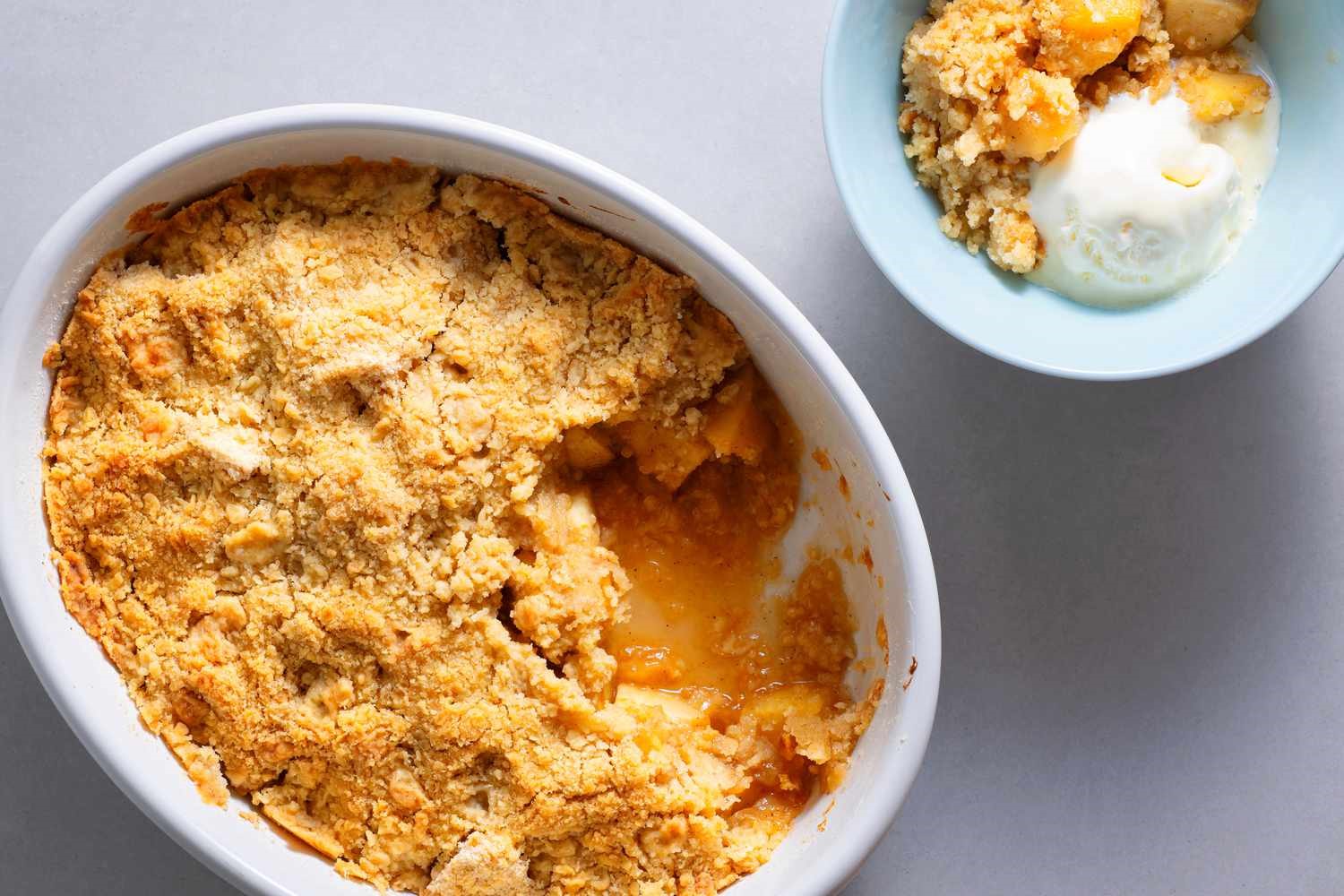
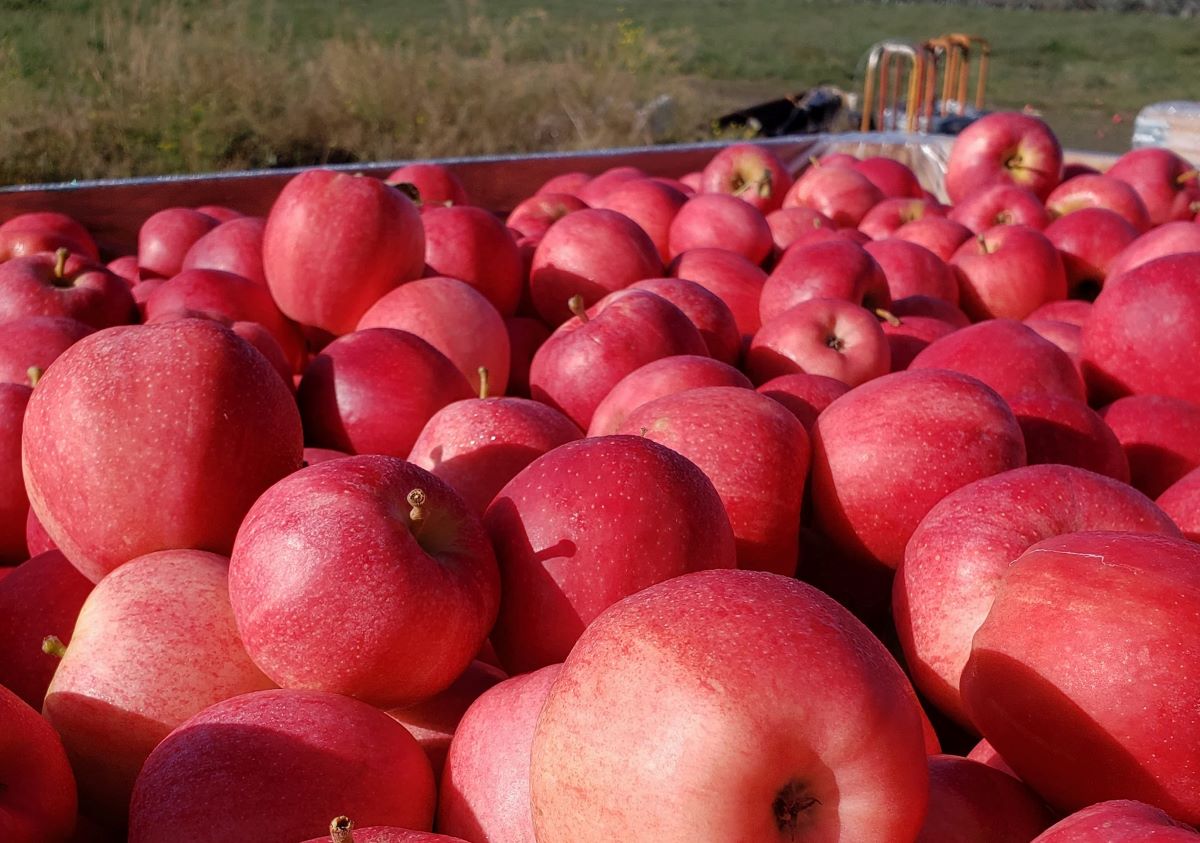
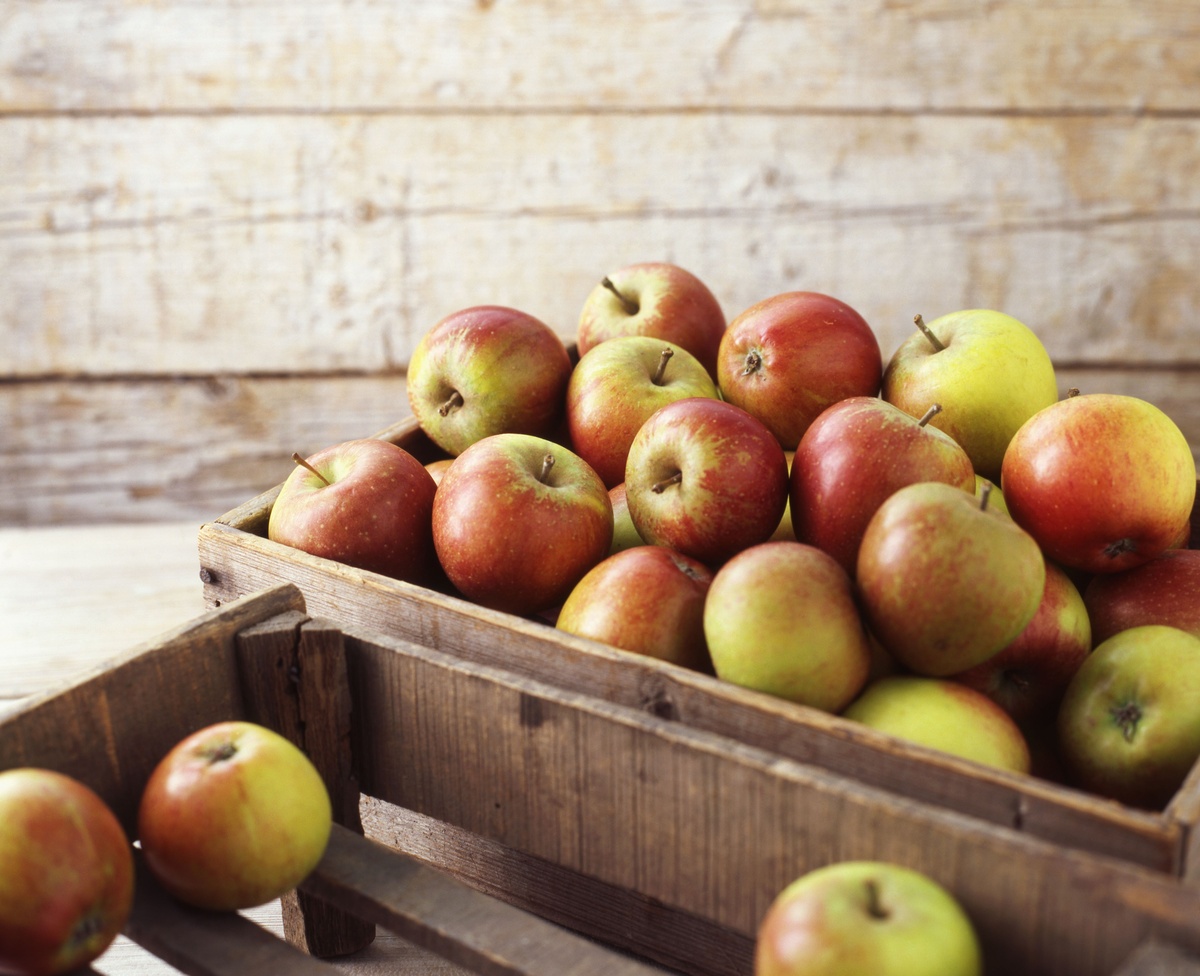
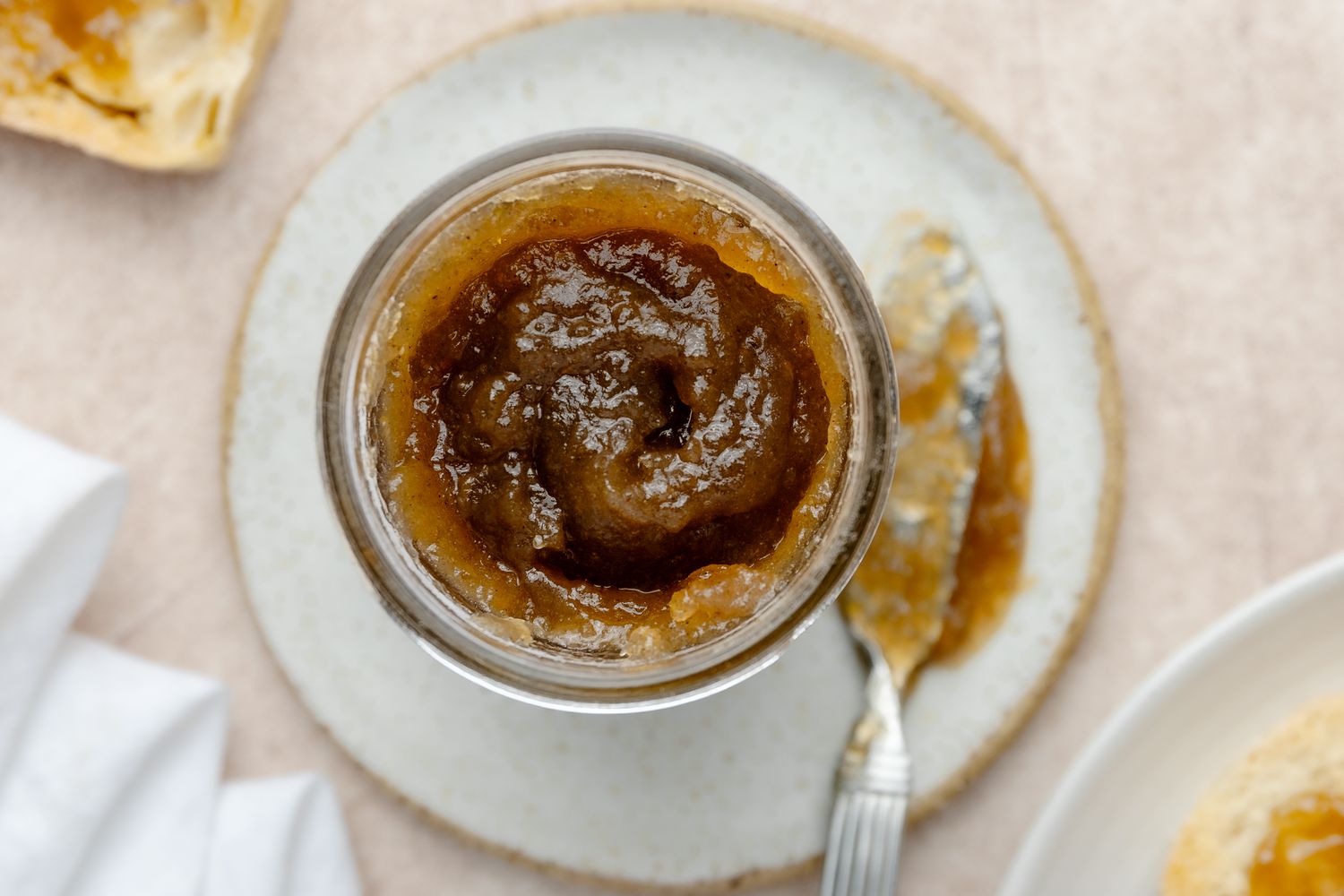
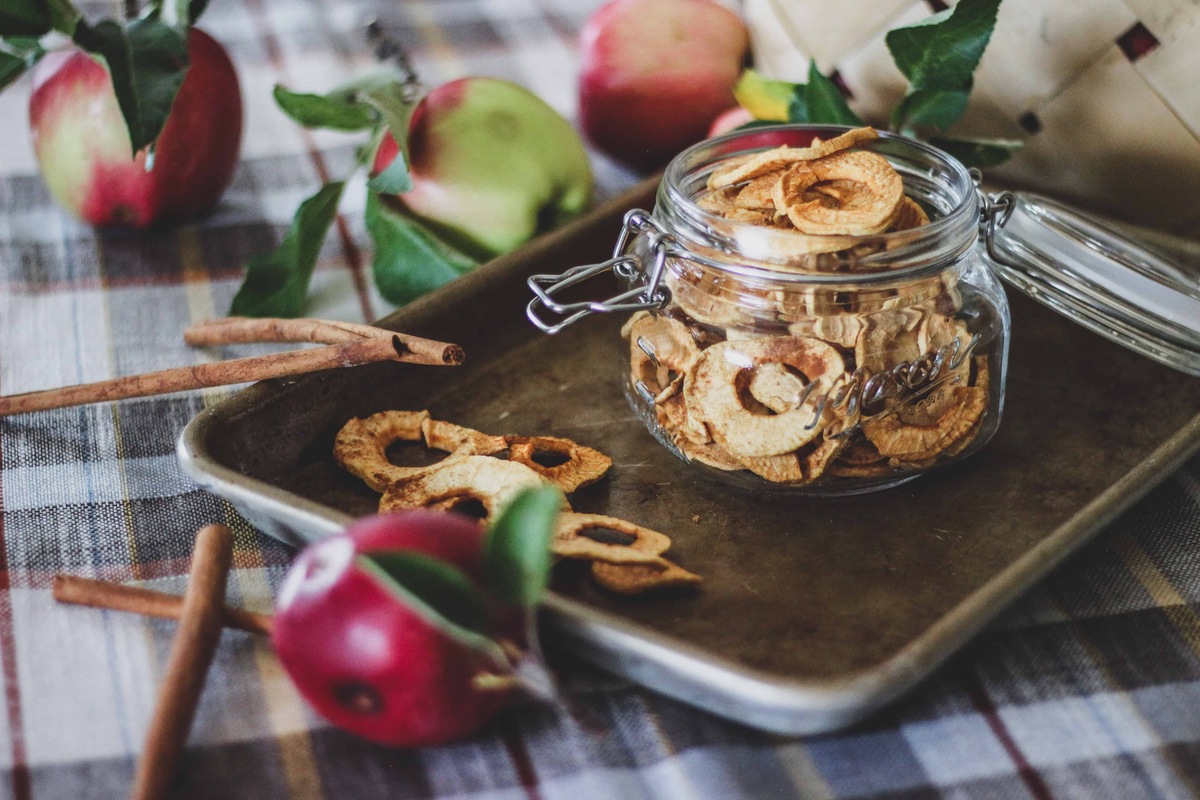

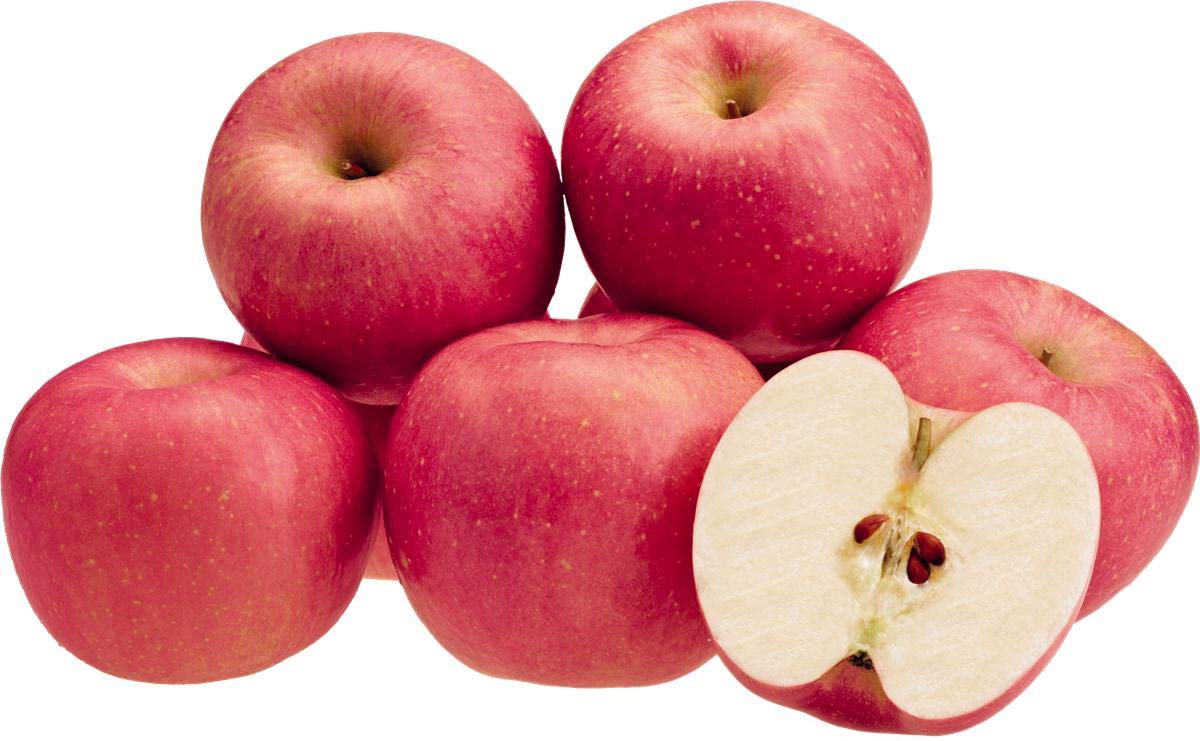
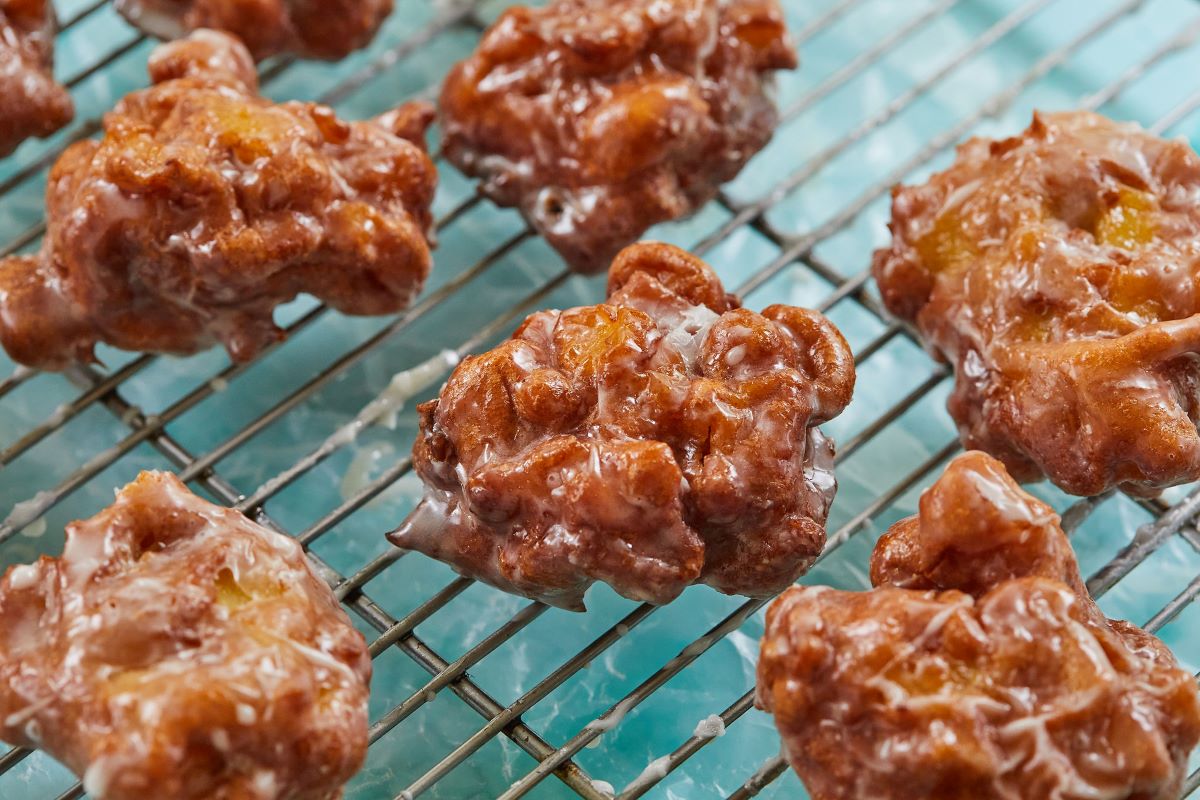
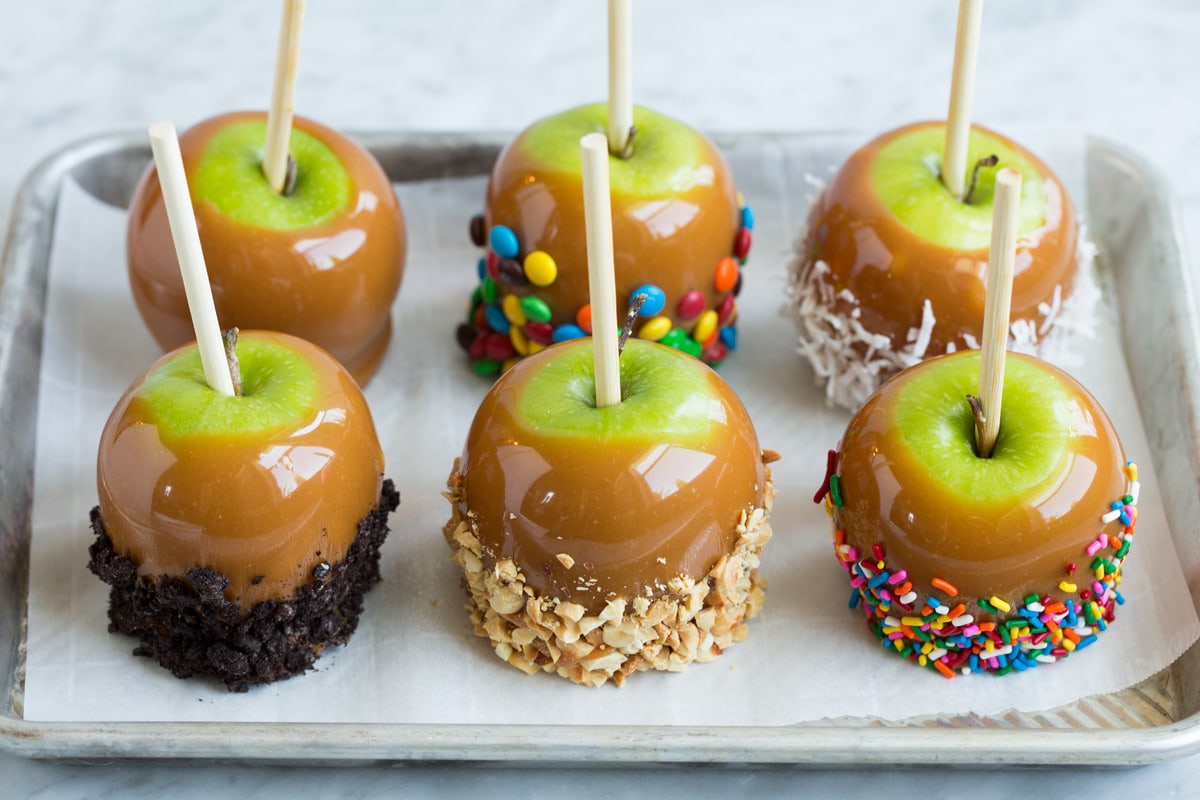
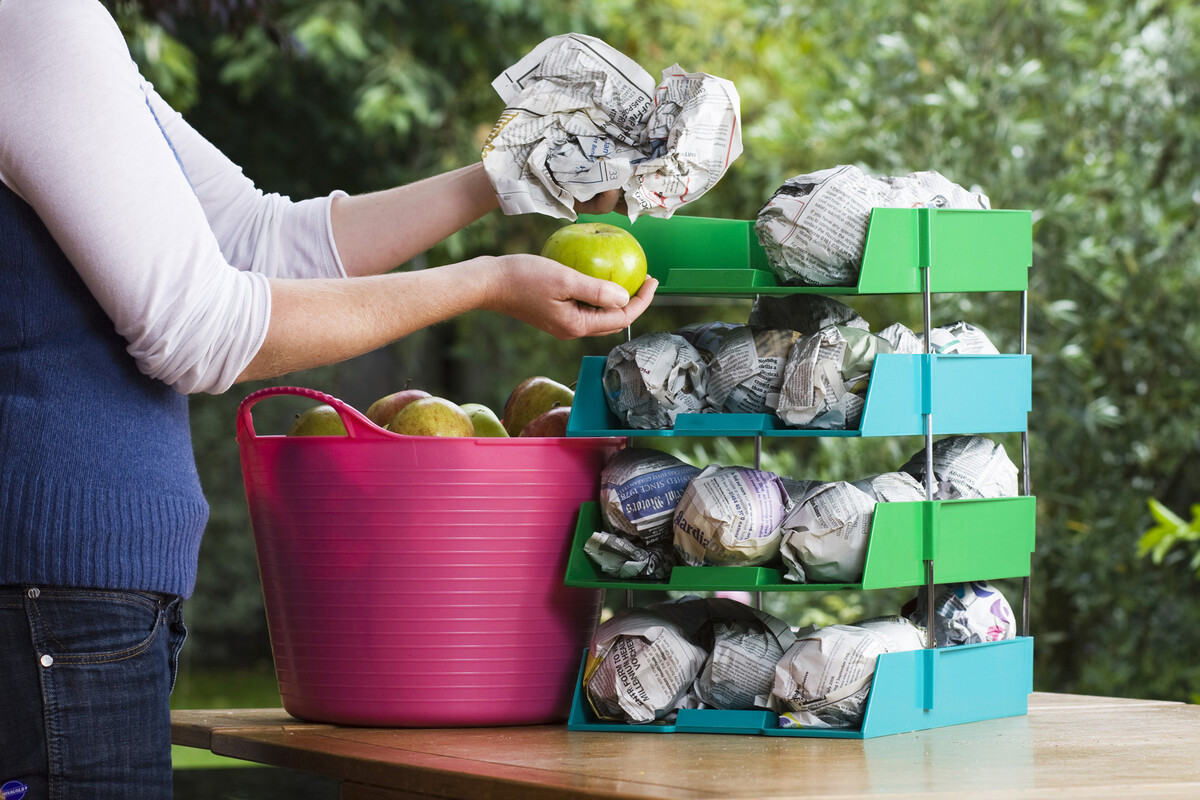
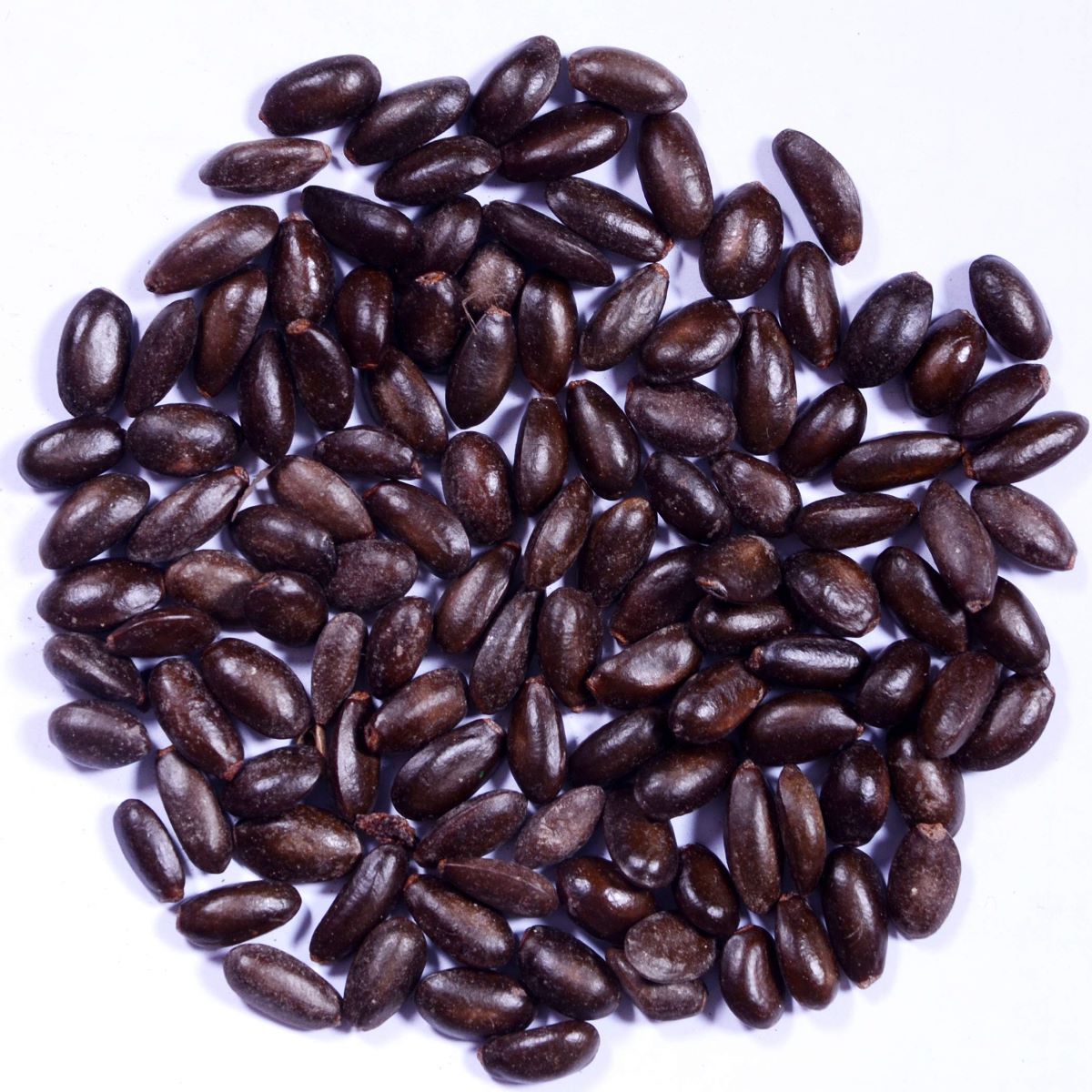
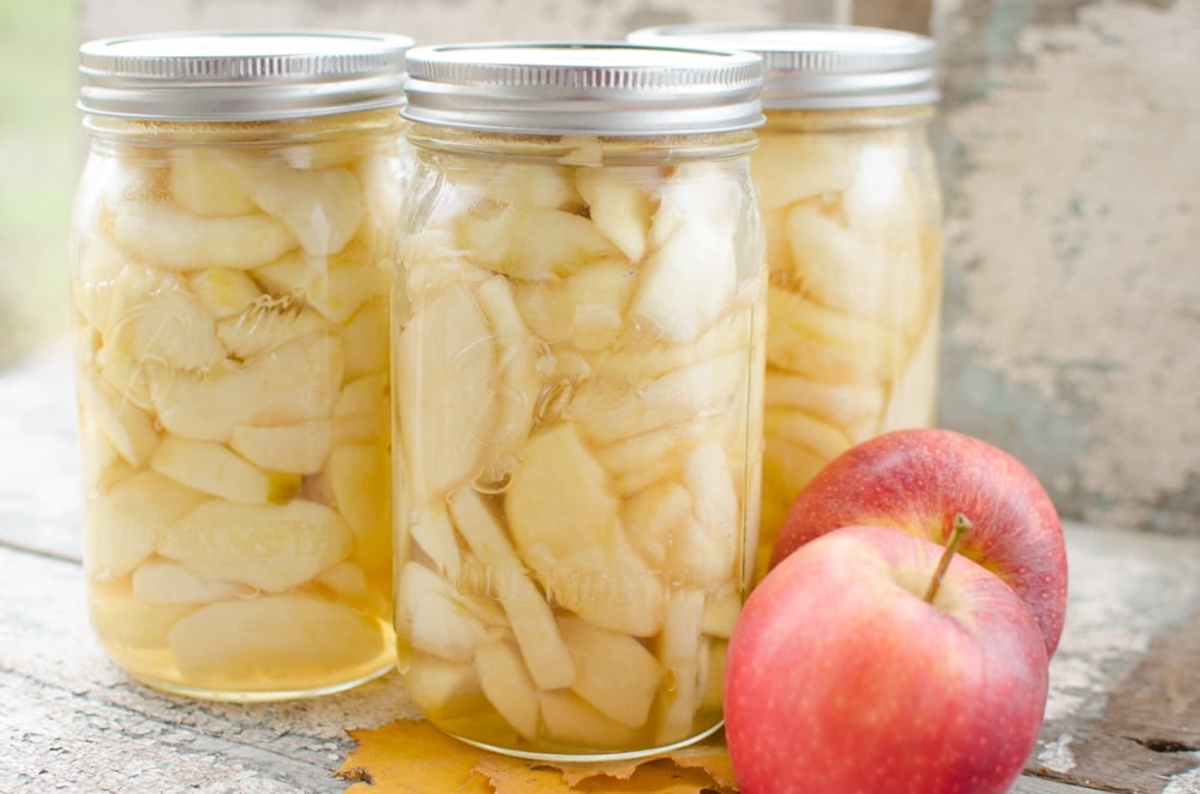


0 thoughts on “How To Store Apples In A Barrel”